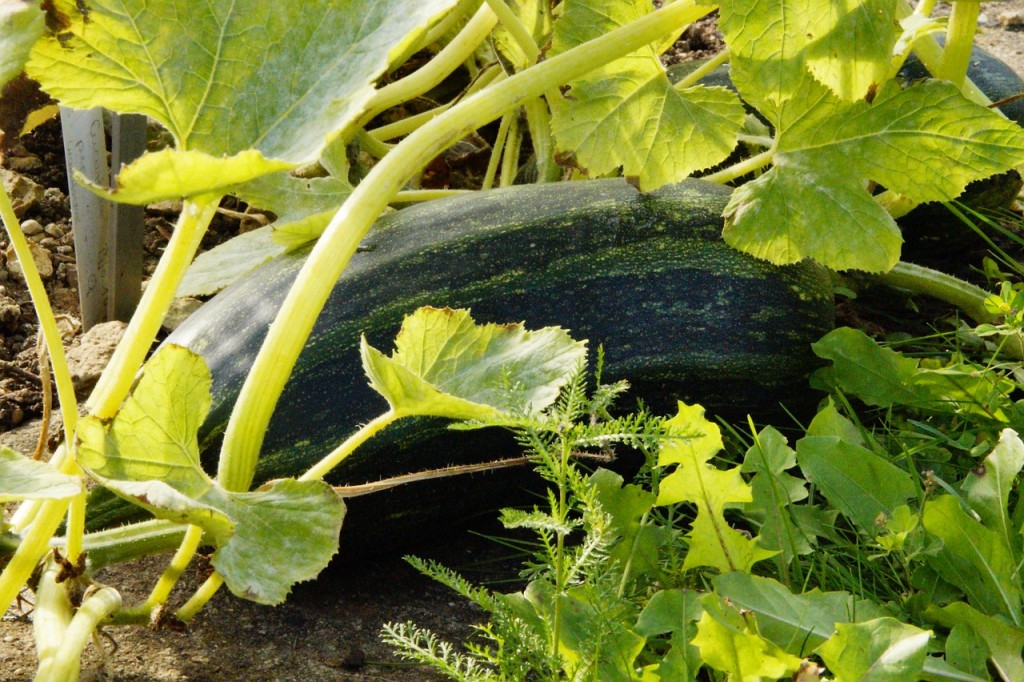
Succession planting is a great way to get more from your vegetable garden.
Following one crop with another is easy to do, and requires just a little planning. Having a greenhouse to jumpstart your plants is a tremendous help and adds to the variety you can plant successively.
Here in Zone 5/6 our main planting begins towards the end of March, or as soon as the ground has thawed.
At this time we only plant the cool weather veggies, starting with peas and some leafy greens, followed by carrots, potatoes, and beets. Since we know we will be harvesting these crops before many others that are planted later, we group them close and based on when they will mature. That way, a larger area opens up at about the same time.
We know, for example, that our garlic will be out of the ground by late July, and at about the same time many of the leafy greens will begin to bolt.
We start some of the fall veggies in the greenhouse, such as late varieties of cabbage, cauliflower and broccoli, to be ready when a spot opens up. You can also start seeds indoors as you may already do in preparation for spring.
Always be sure of course to replenish the soil well, and be wary of any area of your garden that had a disease or pest problem. If that was the case, plant a veggie from a different family that is not susceptible to whatever issue you had.
Note when planning for succession planting, what the term days to maturity as stated on the seed packet and in plant catalogs means. For plants you start indoors, days to maturity usually refers to the time to harvest after transplanting outside.

For plants that are seeded directly in the garden, the expected number of days to maturity is from the time the seedling pops up. Days to maturity is also based on ideal planting conditions, often on plants grown in a greenhouse. So give yourself a little extra time to adjust according to your weather.
Remember too that many of the cool weather loving crops can be planted in the middle of the summer to be harvested in the fall.
We always have late crops of cabbage, broccoli, carrots and peas. Some crops such as parsnips and garlic do well planted late and allowed to overwinter in the garden. Parsnips grown this way are a delightful first crop to be enjoyed when the ground thaws.
Finally, a great way to get more from your garden is to choose varieties of plants that mature quicker and can be harvested sooner.
Early varieties of potatoes, for example, can be ready to harvest in 70-90 days.
Late season varieties can take 110-135 days. That is a big difference in a short growing season, and especially if you are going to replant that area.
Succession planting really is easy, and once you get the hang of it, it becomes second nature.
This post was brought to you by www.gardeningjones.com/blog

